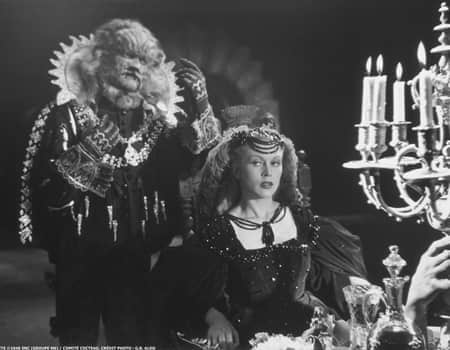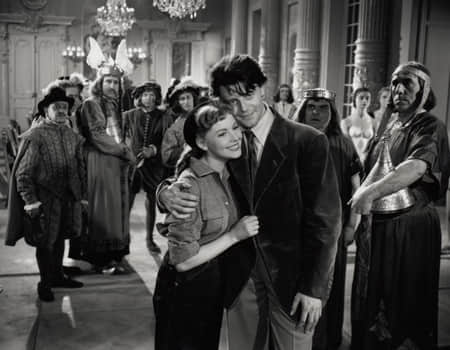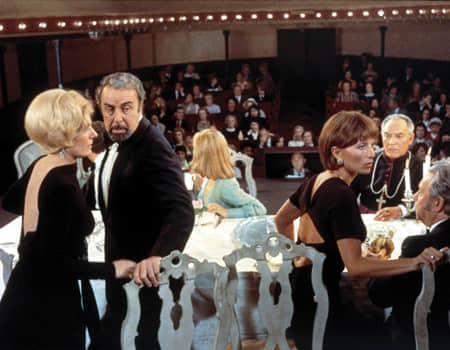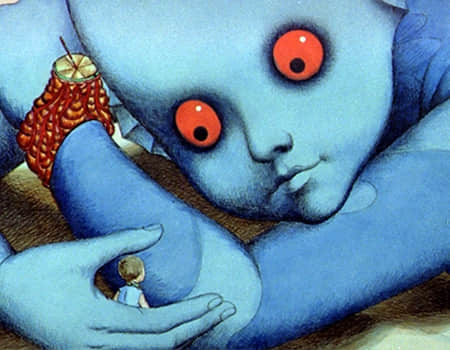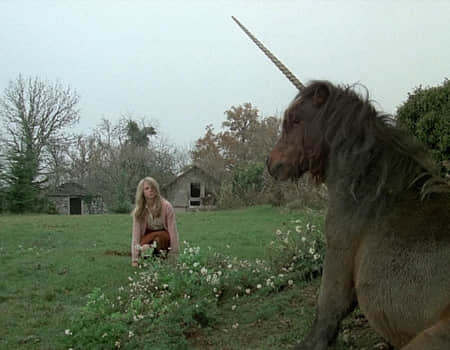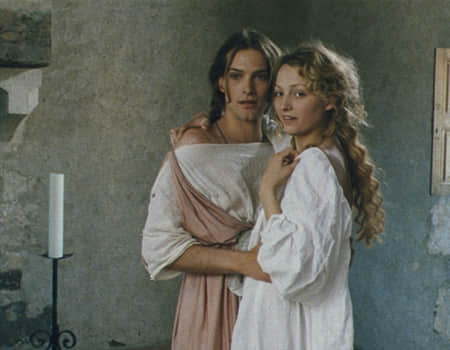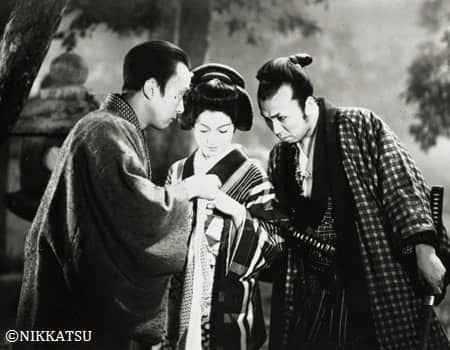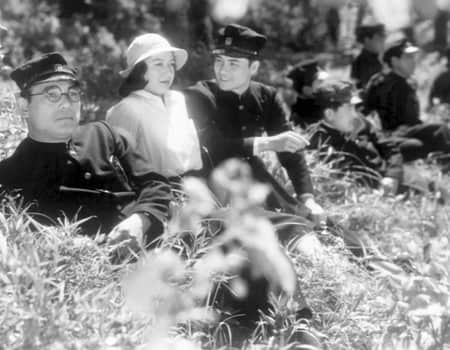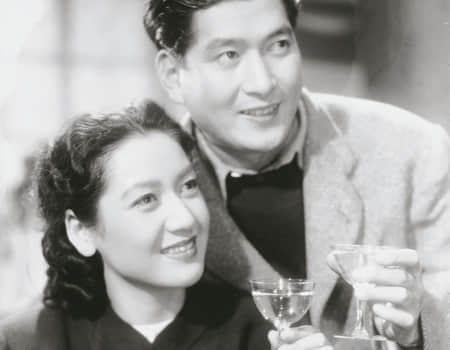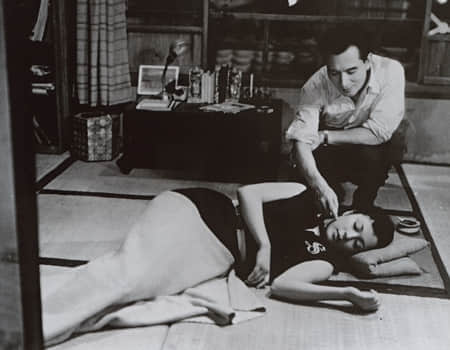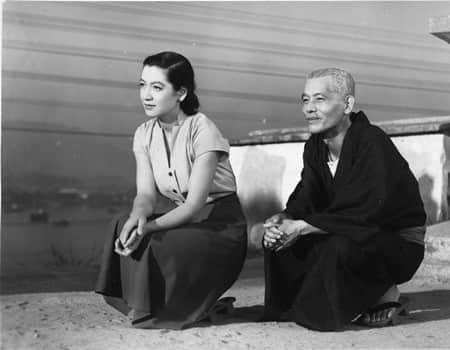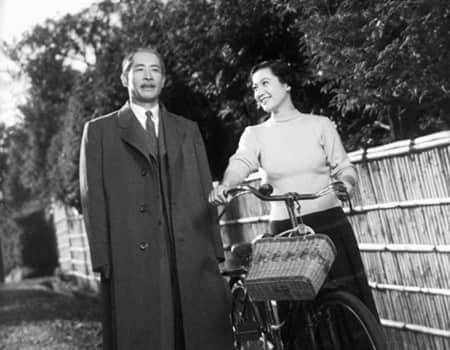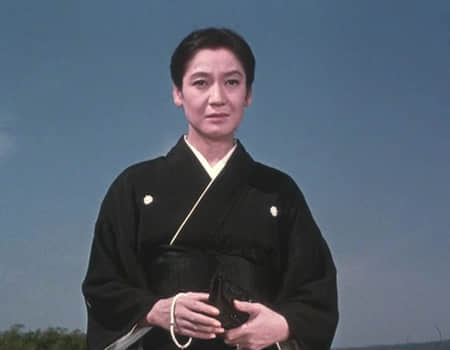2016
Once Upon a Film
What is French cinema? The spring romances of Rohmer? The revolutions of Godard? Beur cinema from the suburbs? Working class life with Jean Gabin? Or the lyricism of Renoir or Bresson? From this vast garden of delights, Cine Fan explores yet another magical tradition of cinema – the fairy tale brought to life. Not with the sugar of Disney but with the irony and invention that makes older themes new, fresh, and attractive to masters of French cinema. Where elements of magic and duplicity, imagination and morality, poetry and romance commingle in unforgettable visions of life and love.
And why not? In the 17th century Charles Perrault’s Tales of Mother Goose transformed French folk tales into some of the most beloved and widely-shared stories of world literature – Cinderella , Little Red Riding Hood , Sleeping Beauty , Bluebeard , Puss in Boots ; Beauty and the Beast followed in 1740 from the pen Gabrielle- Suzanne Barbot de Villeneuve. Such stories, once told around hearths and at bedsides, inspired later novels, art, ballets, operas feeries and films, just as soon as Georges Melies changed the world with his cinematic magic. Yet, as always, these narratives came with French twists and reflection as well as cinematic flights of fancy. But these are not stories for children…
In this series, the filmic poetry of surrealist master Jean Cocteau shows how the magic of film could meet the magic of the imagination in a tale told through images as much as words. Rene Clair weaves dreams of love into a ballet of sleep, history and reality while more sardonic questions of fables and outcomes are embodied in Luis Bunuel’s wry vision of the bourgeois universe. Directors project fantasy worlds into space – Laloux – or reduce fables to their metaphoric bones, as did master Louis Malle. And even take romance back into Druidic history, as Eric Rohmer did in his rarely-seen final film. Come along as we join in their magical mystery tours.
Hara Setsuko Forever
When Hara Setsuko (1920-2015) passed, the world mourned. Renowned for her collaborations with Ozu Yasujiro [...]
When Hara Setsuko (1920-2015) passed, the world mourned. Renowned for her collaborations with Ozu Yasujiro – most notably Tokyo Story (1953) – Hara started her career in Nikkatsu studios in 1935. She quickly garnered appreciation for her roles as tragic heroines, before becoming the legend of the golden era of post-war Japanese cinema in films with Yoshimura Kozaburo, Kurosawa Akira, Kinoshita Keisuke, Ozu Yasujiro, and Naruse Mikio.
Hara was that divine beauty who, much like Greta Garbo (to whom she is often compared), chose to become a recluse at the peak of her career, leaving cherished memories for audiences. Following the release of her last film Chushingura in 1962, and not long before Ozu’s passing, Hara completely disengaged herself from the film industry and resigned to living in seclusion in Kamakura, where Ozu’s graveyard would be located.
Her onscreen presence is almost inseparable from her character: gentle, reserved and composed, bearing an aura of mesmerising grandeur. Each director recognised different qualities in her, but there was one thing in common: her kindness and compassion that represented the very beauty of humanity. Through her and with her, Ozu created his ideal form of female; and he would continue to refine that form in their films together.
Hara’s career and most of her defining roles, often as ladies of class, can be best summed up as quiet resistances against the expectations of a greater world. As the ojosan of wealthy or Kazoku families, she resisted being the obedient daughter; as a wife, she resisted being submissive to an uncommitted husband; as a widow she resisted the expectation to remarry…the list goes on. But the character she played never complained or revolted openly, it is the quiet that is powerful: be it a gesture; an eyeline; a silent act of running away; or an inexplicable, almost stubborn dedication to the deceased. Hara’s quality is that subdued elegance that is impossible to shake; it fends off advances, instead inspiring appreciation from afar. Her disposition makes others feel too inadequate to impose, and thus content in the ecstasy of unconsummated affection.
What drove her dedication both on and off screen is an impenetrable mystery. Hara remains a beauty that is so close to us yet so far away, always approachable yet eternally unattainable, and of course, unforgettable.

